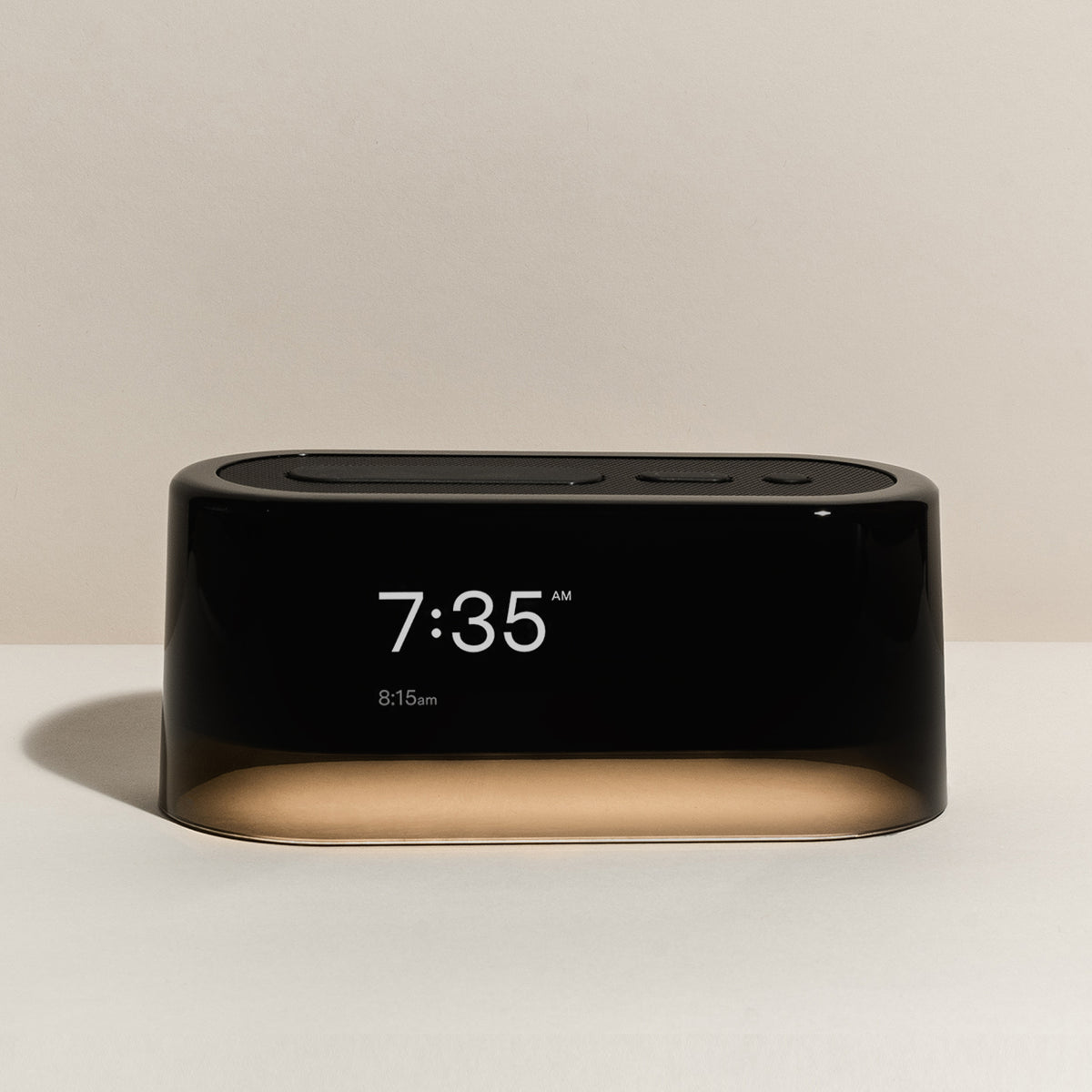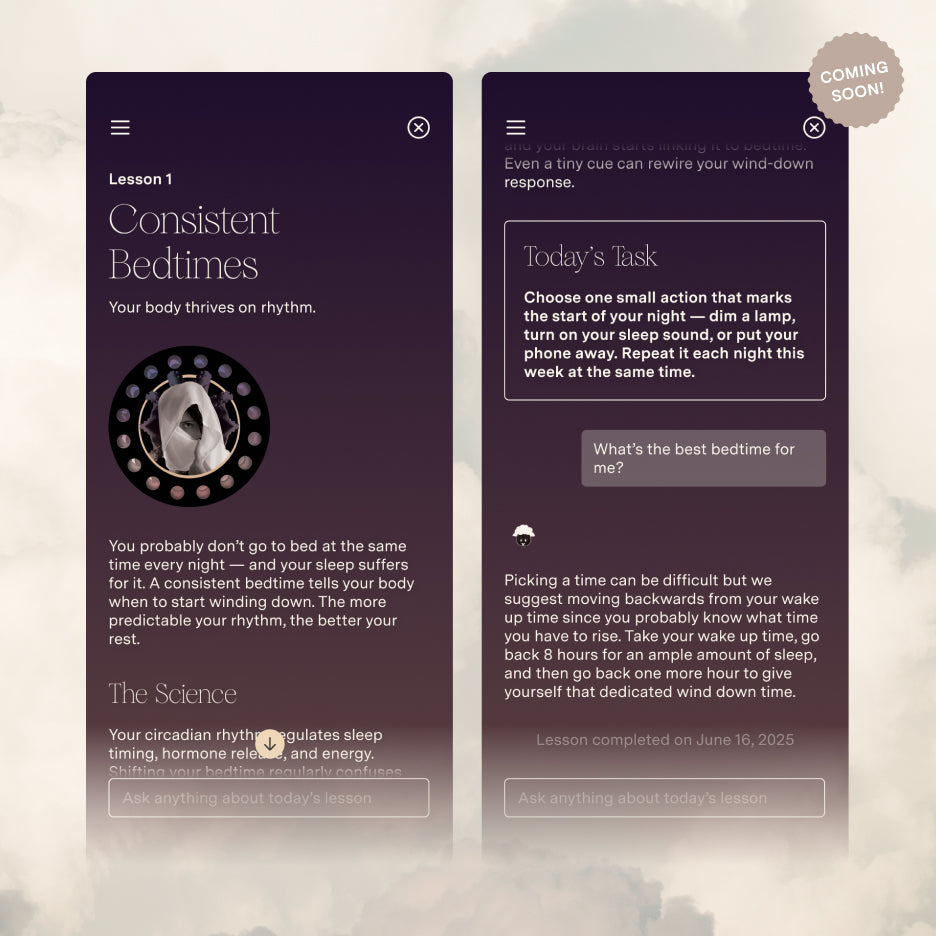In an age where smartphones are virtually ubiquitous, the temptation to give a child their own phone can be strong. It seems like a practical solution for staying connected and ensuring their safety. However, there are compelling reasons why waiting until 9th grade—around age 14 or 15—might be the best approach for introducing this technology into their lives. Here’s why holding off on giving children phones until they enter high school is a wise decision.
1. Maturity and Responsibility
By 9th grade, many teenagers are approaching an age where they are more capable of handling the responsibilities that come with owning a smartphone. They are more likely to understand and respect the rules around phone use, including managing screen time, maintaining privacy, and navigating online interactions. Providing a phone at this stage aligns with their growing ability to handle such responsibilities maturely.
2. Reduced Distractions
Middle school is a critical period for academic development, and smartphones can be a significant distraction. The allure of social media, games, and constant notifications can detract from a student’s focus on their studies and extracurricular activities. Waiting until high school, when academic pressures often increase, can help ensure that children are better prepared to manage their time and stay focused on their educational goals.
3. Social Development
Middle school is a time for building foundational social skills and learning to interact with peers face-to-face. Early exposure to smartphones and social media can sometimes hinder the development of these skills, as it encourages digital communication over real-world interactions. Waiting until high school allows kids to first build strong, face-to-face relationships and develop interpersonal skills before introducing the complexities of online social networks.
4. Understanding Digital Footprint
The concept of a digital footprint—how online actions and content can affect one’s reputation and future—is complex. High school students are more likely to grasp the long-term implications of their online behavior. By waiting until 9th grade, children have more time to mature and understand the importance of managing their digital presence responsibly.
5. Cybersecurity Awareness
Cybersecurity is an essential skill for navigating the digital world safely. Younger children may not yet fully comprehend the risks associated with online interactions, including cyberbullying, scams, and data privacy issues. High school students are generally better equipped to understand and implement basic cybersecurity practices, such as setting strong passwords and recognizing phishing attempts.
6. Encouraging Face-to-Face Communication
When younger children have smartphones, there’s a tendency for face-to-face interactions to become less frequent. By waiting until high school, parents can encourage their children to engage more in in-person social activities, which helps build communication skills and emotional intelligence. These skills are crucial for personal and professional success later in life.
7. Building Self-Control
Having a smartphone comes with the need for self-regulation, particularly when it comes to managing screen time and resisting the urge to check notifications constantly. By the time students reach high school, they often have better self-control and can more effectively balance their phone usage with other responsibilities and activities.
8. Parental Guidance and Monitoring
By the time students reach 9th grade, they are often more capable of engaging in discussions about responsible phone use with their parents. This age is a more appropriate time to start teaching them about setting boundaries, recognizing inappropriate content, and using their phones in a way that aligns with family values and expectations.
9. Reducing the Risk of Addiction
Smartphones can be addictive, with apps designed to capture and hold users’ attention. Middle school students, with their developing impulse control, might be more susceptible to smartphone addiction. High school students, having had more time to mature, are generally better at managing their phone use and avoiding the pitfalls of digital addiction.
In Conclusion
Delaying smartphone ownership until the 9th grade offers several benefits, including enhanced maturity, better academic focus, and improved social skills. It provides a more controlled environment for introducing technology, ensuring that children are prepared to handle the responsibilities and challenges associated with smartphones. By waiting until high school, parents can help their children navigate the digital world more effectively, fostering a balanced approach to technology and personal development.
























